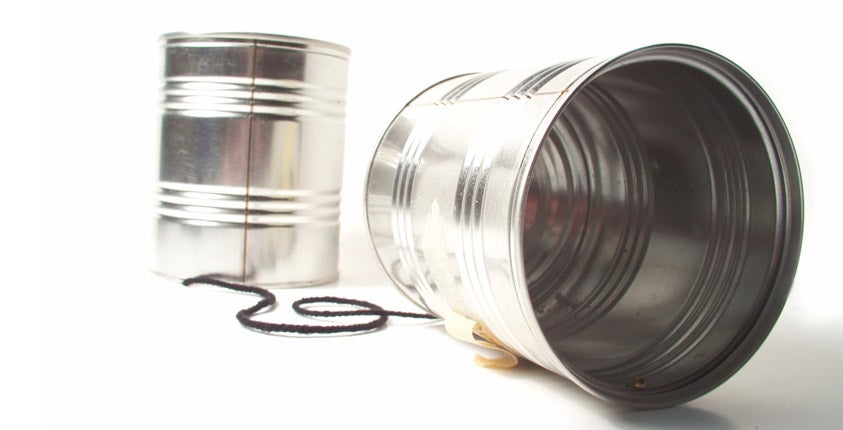How to Write a Sales Script That Won’t Annoy Your Customers

Sales scripts get a pretty bad rap because they are so closely related to cold calling, and cold calling is annoying. (Ever notice how it seems to always happen during dinnertime?) But these scripts can actually be pretty useful, as long as they’re written and used the right way. Prompts are great for getting new salespeople up to speed, and for ensuring everyone on your sales floor is on the same page as far as sales tactics and ethics go. The trouble is actually writing a script that won’t leave your leads demanding to be put on a do-not-call list. I’ve found that if you take the time to write a sales script the right way, and keep the customer in mind, it can turn out to be a fairly effective tool.
Don’t bury the introduction.
This is super important: the first thing out of your salesperson’s mouth should be their name, where they are from, and, if you use inbound marketing, how they got the lead in the first place. The longer it takes for the lead to know who they’re talking to, the more likely they are to hang up. But, for some reason, some companies continue to try and hide who is actually calling a lead. The salesperson says hello, asks how the lead is, addresses them by their name, and then finally gets around to why they are calling. It just feels like an underhanded way to keep someone on the phone. Be honest from the beginning; you shouldn’t be trying to trick people into buying something.
Give your customer a chance to opt out.
I don’t know how this started, but I’ve seen salespeople just launch into their pitch without giving the lead a chance to back out of the call. I guess I understand the reasoning — the pitch is, after all, why you are calling — but it isn’t like the lead is going to sit there and absorb it all if they are busy. They’ll interrupt and say they have to leave, or they’ll just hang up, and that is a lost sale. Include a place early on in the script where the salesperson asks if they caught the lead at a bad time. That way they can end the call if they need to, and reschedule it for later.
Focus on benefits, not the product or service.
Ask yourself, how does your product or service benefit the customer? Whatever you come up with should be the core of your scripted pitch. At this point in the call, it doesn’t matter that your company won a customer service award or that you sell widgets in fifty different countries. If you focus too much on what you sell, and not on why it helps your customers, they’re going to tune you out. I understand why some businesses want to show off where they’ve been featured, but save it for later on down the line when the lead already knows how your company can help them.
Make the script more of a guideline.
Remember that whatever prompt you do come up with should never be followed exactly as it is written. It’s really obvious when someone is reading a script verbatim. A sales call should be a conversation that’s mainly led by the customer. Some people like to get straight to business, and others like to talk a little bit first. You shouldn’t be curt to someone just because the conversation veered slightly away from the initial pitch. Your sales staff should read and know the script like an actor knows their lines so they feel comfortable adapting it depending on the customer. As long as they hit on all the main points, and there’s a clear understanding of what’s being discussed, there’s no reason why they should ever have to read it as is during every call.
